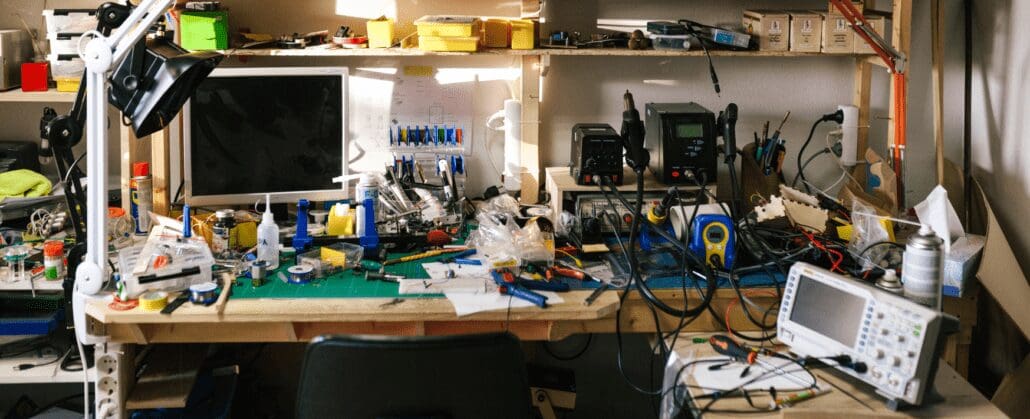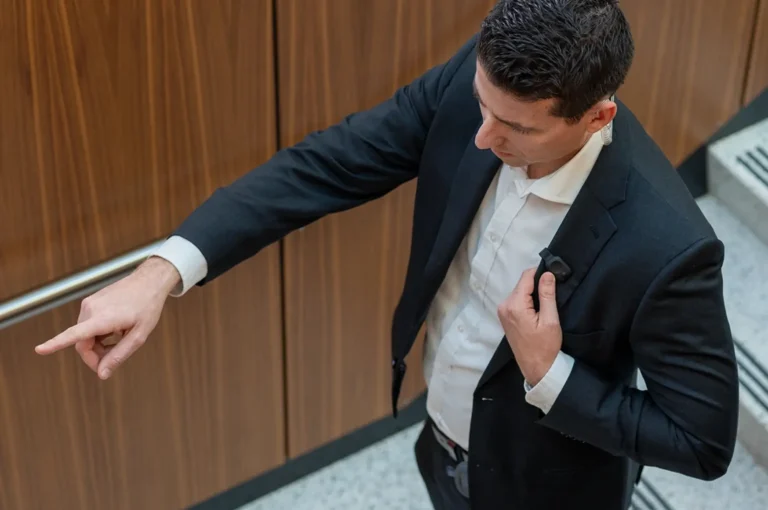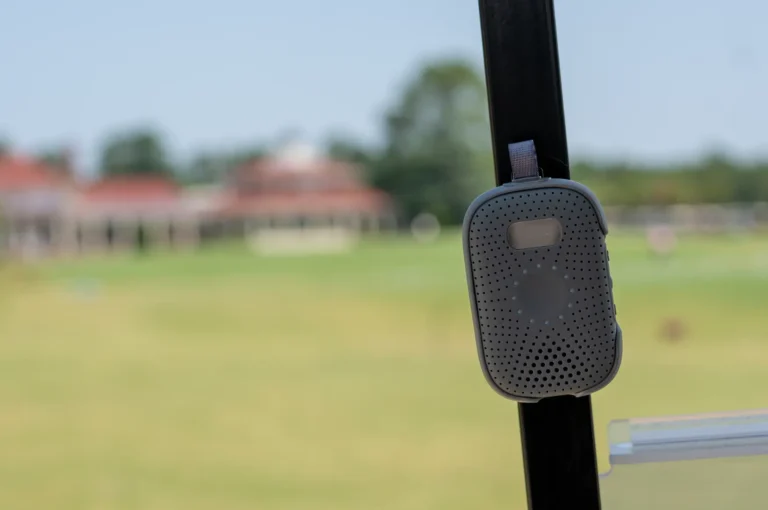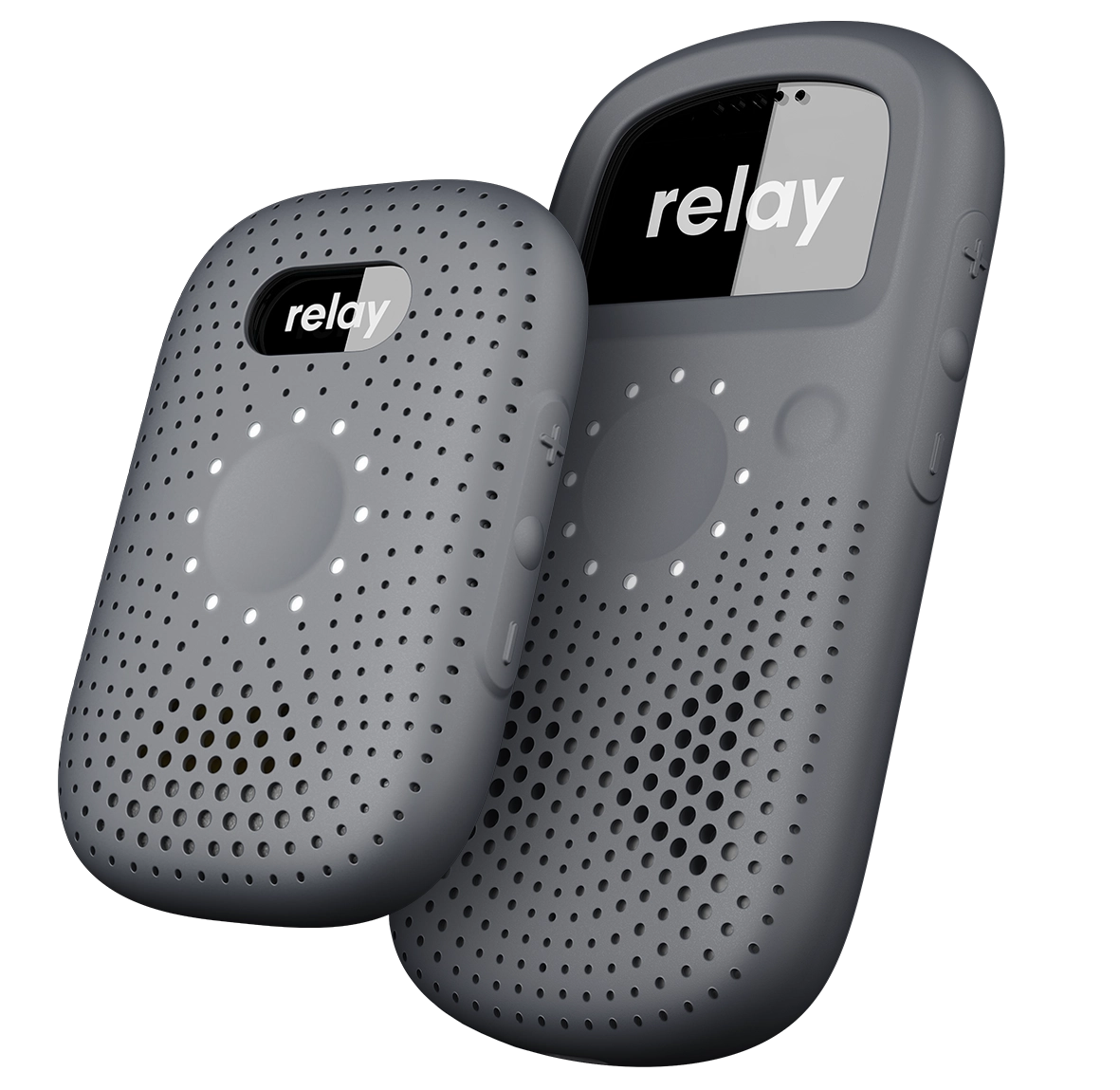If you take a look at your desk right now you’ll probably see one or two favorite tech toys you reach for multiple times daily without giving it a second thought. Take another look around and you might notice several tech devices you rarely remember to charge, much less use. Whether they’re outdated, unwieldy or just too hard to figure out, chances are good that you bought and then forgot about devices you thought would make life easier.
We’re all stressed enough as it is
Early this year the American Psychological Association (APA) released a poll about stress levels in the country. Stress in America: January 2021 Stress Snapshot revealed some disturbing statistics about the way our stress and anxiety keep increasing.
On a scale from one to ten, with one meaning barely any stress and 10 meaning extreme stress, the average adult reported a nearly 5.6 stress level. While that might not seem to be tipping the scale to stress, it is significantly higher than last year just after the World Health Organization declared a global pandemic.
Even more sobering was the fact that the stress level of essential workers keeps increasing.
Next gen tech is more sophisticated- but easier to use
In a recent feature on ABC News affiliate WCVB 5, Chief National Consumer Correspondent Jeff Rossen wrote about post-pandemic gadgets. Several of the devices shared were inspired by our new day-to-day usage habits and the evolution of the way we interact with others, albeit on a more limited basis.
From kiosks with constantly shifting buttons, to a video doorbell that also takes your guests’ temperature, the recurring theme was ease of use. In other words, as the technology became more advanced, the way to use it was cut down to a step or two.
As more businesses — especially those in the hotel, hospitality and casino industries— open up again, there will be the need for training for new and returning staff. Add to that the new panic button legislations and it’s likely that your staffers might already be feeling a bit frazzled. The last thing you want is to add more stress to their working day by outfitting them with tech that’s difficult to use.
4 things to consider before buying new safety tech for your staff:
- Keep it simple, supervisors: Your staff is stressed out enough, they don’t have time or mental bandwidth to learn complicated new protocols and operating systems.In a potential emergency, the only thing your staff needs to focus on is getting to a safe place while informing others there’s an extreme situation.There’s neither time or need for any bells or whistles. With safety tech and panic buttons, the goal is to easily implement the device. Imagine if in the event of a potential emergency, a complicated protocol had to be followed. Imagine the time wasted if a housekeeper in potential danger had to inform their supervisor who would then contact their supervisor until a request for help made its way up the corporate food chain. Or worse, what if there was a long password followed by symbols and emergency phrasing that had to be entered before people could access help?At Relay, we designed our panic buttons and system to be easy and intuitive. Our design team realized that it’s key to minimize stress in already stressful situations. Push a button and let others know you need help, and that’s it. In an emergency situation it can be hard to concentrate, much less even remember anything other than needing help and accessing it immediately.
- What does the instruction manual look like? Not all of us read instruction manuals and most of us have extensive training for all staff members. And while some kitchen gadgets come with booklets that might contain 50 or more pages, others manage to pare down the instructions to a single sheet. Before investing in something to be used by your staff, buy a sample for yourself and read the instruction manual. Is it easy to understand? Or after trying to read a manual and set up a device at least a half dozen times do you feel like banging your head against the wall? If the instructions seem too complicated, chances are good the product itself won’t be easy to use, much less train your staff to implement in any efficient manner.
- What are they using now? While some Windows or Mac loyalists argue over which operating system reigns supreme, hospitality industry employees simply use whichever system is already in place. But are they using the system you’ve set up well or efficiently? If you notice your staff is shying away from trying out the computer or tablets or tools that exist to make their work lives easier, find one that requires the least amount of thought possible. Productivity suffers when using work tools becomes too complicated. So does safety. If it’s hard to use, people will stop using it.
- Your staff might have an opinion on panic buttons: Your distanced staffers simply want to feel safe. But as the panic button laws roll out, they probably have had conversations amongst themselves about what they do or don’t want. This could be a great opportunity to reach out to your staff to talk about panic buttons and find out if they have favorites, likes or dislikes. It will take some stress out of the situation while also allowing them to weigh in, ask questions and gain reassurance that you want to make this as easy and stress-free as possible for everyone involved.






